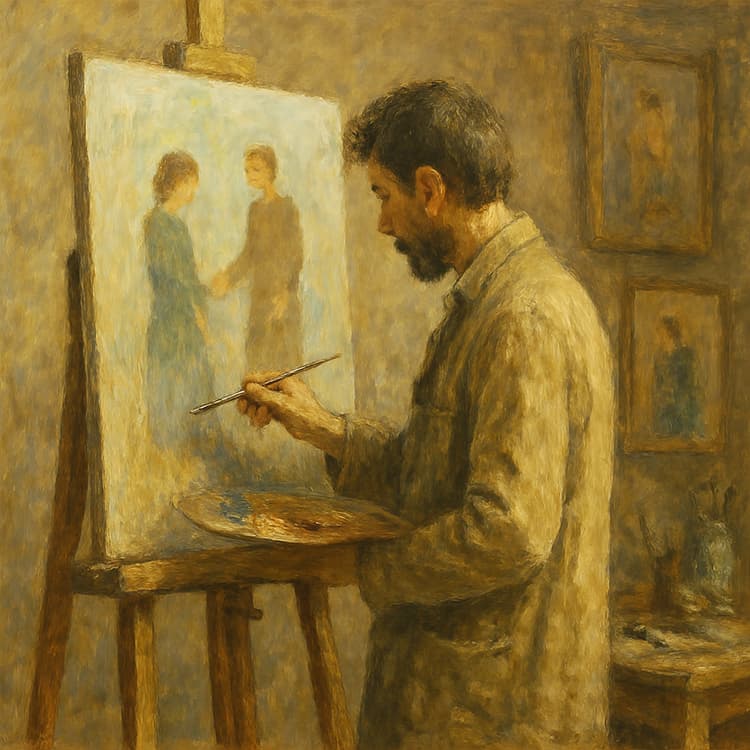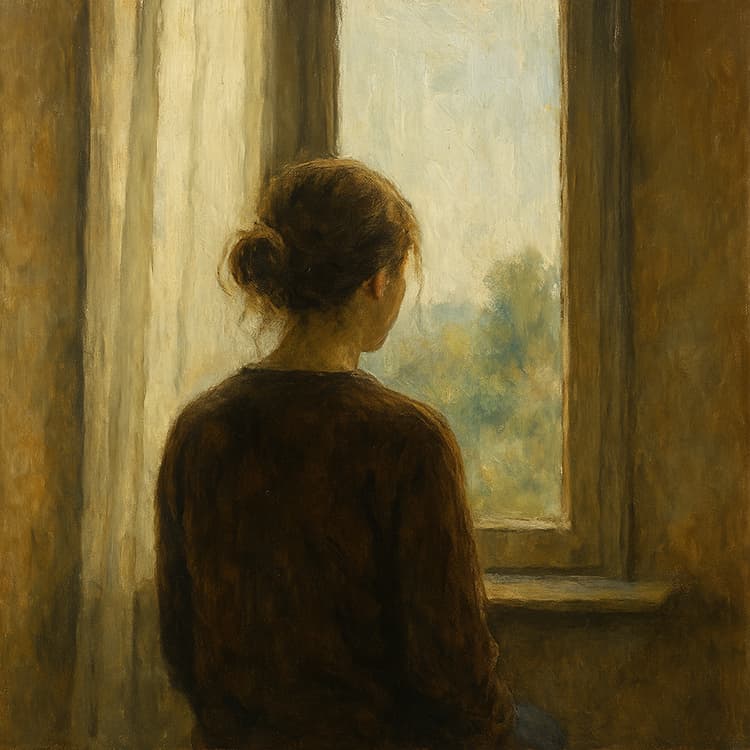Art is often thought of as a way to express something new. But for many artists, the deepest truths are found not in the unfamiliar but in what they return to over and over again. A particular color. A shape. A person. A gesture. A space. These elements reappear, not out of habit, but because they still hold something unresolved.
Repetition is not about copying. It’s about revisiting. And in that act, artists often find their work getting closer to something honest, even if they never fully name it. This article explores why returning to the same themes can be a rich, emotional part of the creative process.
Memory Isn’t Linear and Neither Is Art
For artists, memory doesn’t always unfold in a straight line. Just like in life, something small can pull us back to a specific moment. A window. A certain light. The feel of fabric. These triggers create emotional loops that live inside the work.
Rather than trying to “move past” a subject, some artists choose to stay with it. They work it over like a recurring dream, changing the details but never fully escaping the core feeling. This kind of practice reflects the way people process memory – in circles, not steps.
Repetition becomes a way of rethinking, not repeating. With each version of the idea, the artist understands it differently. Maybe it softens. Maybe it sharpens. But it always changes.
Themes Are Often Emotional Anchors
Artists often build a language of symbols without even realizing it. A red curtain, a certain type of shadow, a quiet table, the back of someone’s head. These images may appear again and again, like emotional shorthand.
Themes like loss, longing, distance, home, or tenderness tend to resurface. But it’s not because the artist is out of ideas. It’s because those feelings never really go away. They just take on new shapes.
Some artists even say they feel “haunted” by certain images. Not in a dramatic sense, but in a quiet, persistent way. These are the things they need to paint or sculpt or photograph to understand something inside themselves. And every time they do, they get a little closer.
Time and Perspective Make the Old Feel New
Returning to a theme years later often produces unexpected results. The artist is no longer the same person. Their tools may be sharper, their questions deeper, or their emotional landscape quieter. And so the same idea, revisited, becomes something else entirely.
This shift in perspective is part of what makes art feel alive. A recurring image might carry a completely different weight depending on when it was made. Viewers may not notice the difference at first glance, but they can often feel it.
That subtle emotional layering is part of what makes repetition in art so powerful. It builds a kind of dialogue across time – not just between the artist and the work, but between past and present versions of the self.

The Role of Intuition in Creative Return
Some choices aren’t made logically. Artists often describe the urge to return to something as intuitive. They don’t always know why they’re drawn back to a particular subject. They just feel the need to explore it again.
This trust in instinct is part of the creative rhythm. When something stays in the mind or body long enough, it often finds its way back into the work. There’s no final version, no resolution. There’s just the ongoing process of making and unmaking meaning.
By allowing themes to return, artists give themselves permission not to “move on.” They let the work stay in conversation with itself, which often leads to more layered, emotionally rich results.
Conclusion – The Beauty of Unfinished Conversations
In life, not everything gets closure. Relationships evolve, memories change shape, and the meaning of something can shift quietly over time. Art, in many ways, reflects that same uncertainty.
When artists return to a theme, they aren’t failing to move forward. They’re deepening their connection to it. They’re saying: this still matters. This still speaks to me. This still hasn’t said all it can.
And for the viewer, these returns can feel like recognition. A reminder that emotions are not neat. That stories unfold in waves. And that art, at its most personal, is rarely about finding answers – it’s about asking the same question in a hundred different ways.
